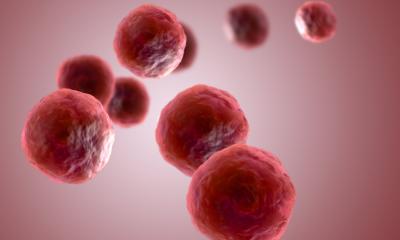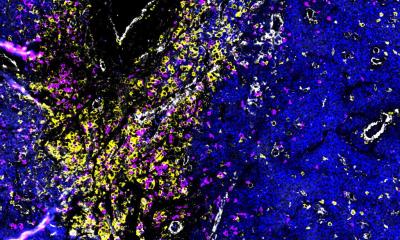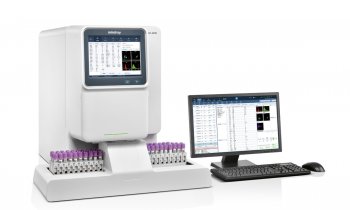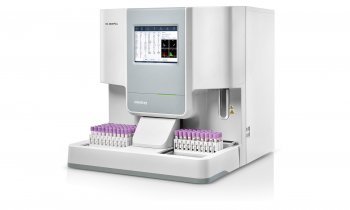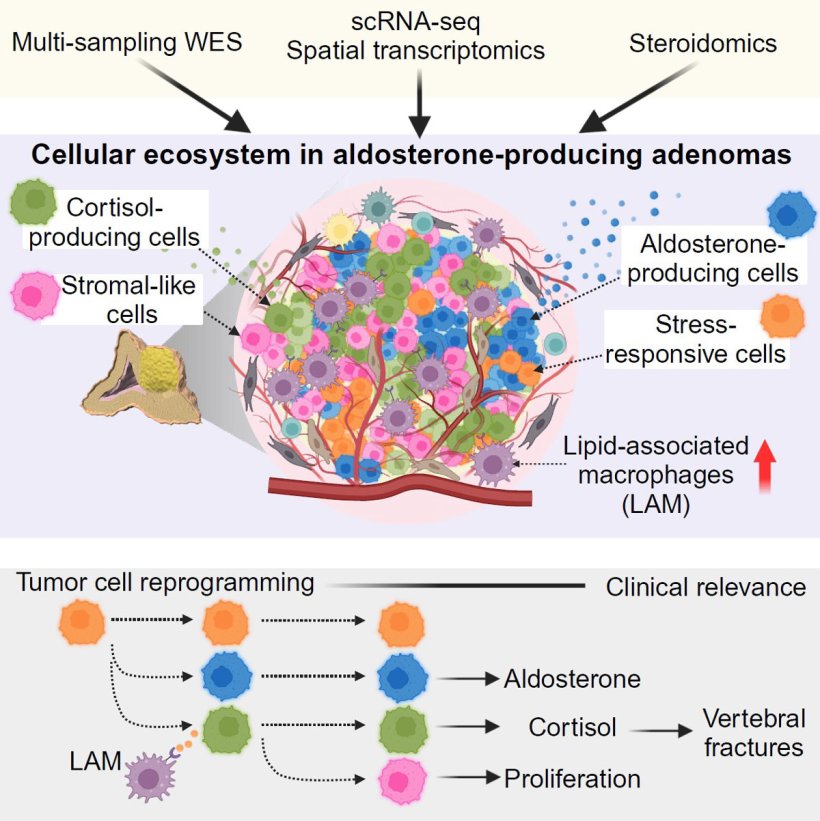
Image source: Kyushu University; figure created using BioRender
News • Aldosterone-producing adenomas
The surprising complexity of adrenal gland tumors
Kyushu University researchers have uncovered a surprising layer of complexity in aldosterone-producing adenomas (APAs)—adrenal gland tumors that drive high blood pressure.
Using cutting-edge analysis techniques, they discovered that these tumors harbor at least four distinct cell types, including ones that produce cortisol, the body’s main stress hormone. Published in PNAS, their findings not only explain why some patients with APAs develop unexpected health issues, like weakened bones, but also pave the way toward new treatment strategies.
“Currently, the only way to cure APAs is through surgery to remove the tumor, and this hasn’t changed for decades,” says first author of the study, Assistant Professor Maki Yokomoto-Umakoshi, from the Department of Endocrine and Metabolic Diseases at Kyushu University Hospital. “To develop new treatment models, such as drug treatments, we urgently need to understand how these tumors work at the molecular level, and how the different cell types interact with each other.”
Now we understand more about APAs, it opens up promising new treatment strategies, such as directly targeting lipid-associated macrophages or excess cortisol
Maki Yokomoto-Umakoshi
APAs are benign (non-cancerous) tumors that develop on the adrenal glands—small glands on top of the kidneys that produce important hormones, such as aldosterone, cortisol and sex hormones. Due to their location, APAs are a major cause of primary aldosteronism, a condition in which excessive production of the hormone aldosterone leads to high blood pressure. Primary aldosteronism is responsible for about 5–10% of high blood pressure cases, and patients with APAs have a higher risk of heart and blood vessel problems compared to people with common high blood pressure. “Without proper treatment, patients can develop serious health problems like heart disease, diabetes, and bone weakness,” adds Yokomoto-Umakoshi.
In this study, the researchers focused on APAs caused by changes in a gene called KCNJ5. This mutation, which accounts for around 40-70% of all cases of these tumors, is typically associated with larger tumors that form at a younger age, as well as more severe symptoms that cannot simply be explained by overproduction of aldosterone. However, the cellular makeup of KCNJ5 tumors, as well as which other hormones the tumors might secrete, has previously proven difficult to study.
To gain a deeper understanding of APAs, the research team, led by Professor Yoshihiro Ogawa from Kyushu University and in collaboration with Osaka University, Kyoto University, and the University of Tokyo, applied a combination of advanced techniques, providing the first comprehensive view of APAs in unprecedented detail. The researchers were able to map where different cell types were located within these tumors, and how they work together. Furthermore, the techniques allowed the researchers to reveal diverse genetic variation within different regions of APAs and identify exactly which hormones the tumors were producing.
The study revealed that APAs are more complex than previously thought, consisting of at least four distinct cell types. The tumor starts with cells that respond to stress, which can then develop into either cells that make aldosterone, or cells that make cortisol. The cortisol-producing cells can then further develop into stromal-like cells that help the tumor to grow.
The researchers also discovered that special immune cells called lipid-associated macrophages were more abundant within the tumor, with a potential role in influencing hormone production and tumor growth. “Overall, these tumors contain diverse hormone-producing cells that can affect patient’s health in different ways—not just through high blood pressure, but also through other symptoms caused by excess cortisol, like bone weakness,” explains Yokomoto-Umakoshi.
In the future, the researchers plan to use these techniques to extend their analysis to other types of APAs, as well as to other tumors that produce excess hormones. They also hope that their current findings help set the stage for developing future drug treatments for APAs. “Now we understand more about APAs, it opens up promising new treatment strategies, such as directly targeting lipid-associated macrophages or excess cortisol,” concludes Yokomoto-Umakoshi.
Source: Kyushu University
27.02.2025



